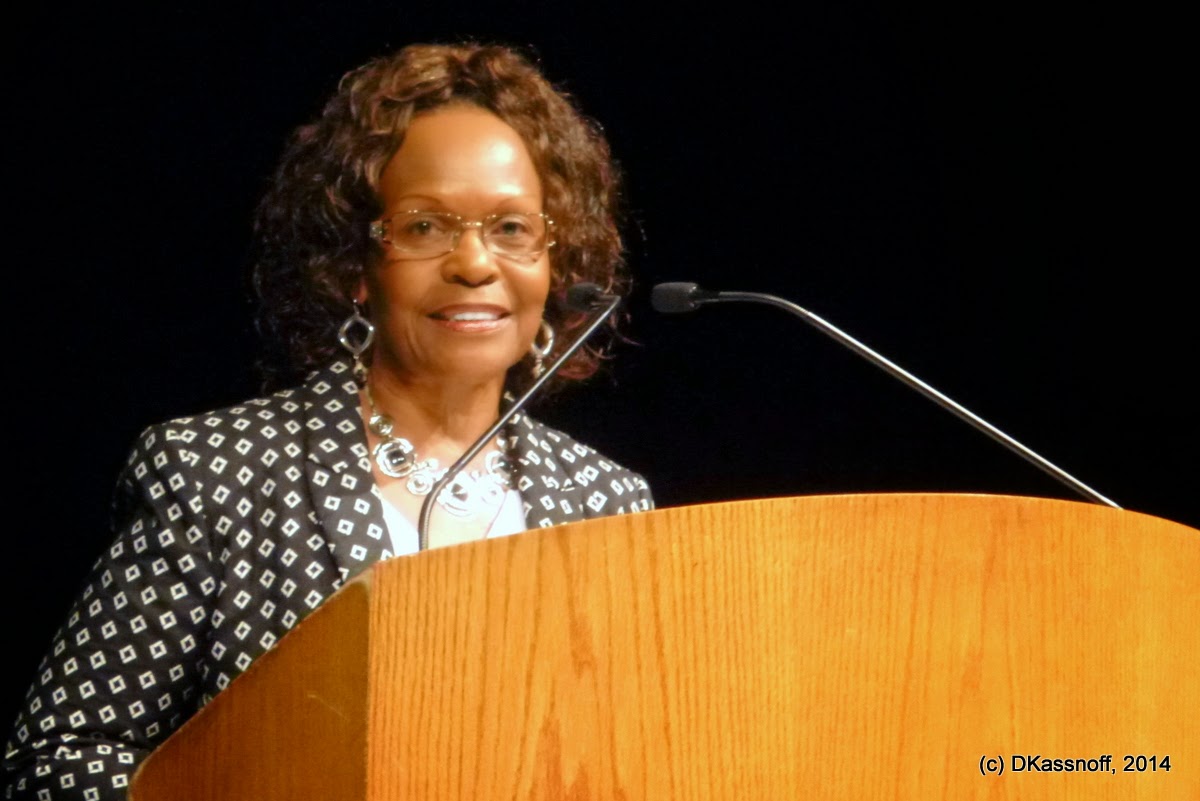Who's missing from diversity arts dialogue
 |
| Bill Destler, RIT president |
 |
| Essie Calhoun-McDavid, retired Vice President, Kodak |
 |
| Kevin McDonald, Associate Provost, Division of Diversity, RIT |
With these modest qualifications, I made a few observations:
- While many executives from arts organizations (museums, dance companies, art galleries, theatres, etc) attended the symposium, just two individuals with corporate giving expertise took part. One, a foundation president, was an audience member; the other is retired from her corporate role. The absence of business executives who help fund arts programs was apparent.
- All attendees agreed that new pathways to financing arts organizations must be trailblazed. Missing from this conversation? Elected leaders. Why do they matter? Because even if they can't tap taxpayer dollars for arts initiatives, they can bring together arts organizations and corporate partners. No elected officials took part in this symposium.
- Colleges and universities have a role to play in growing diversity in the arts. I applaud Bill Destler, president of Rochester Institute of Technology, and RIT Associate Provost and Diversity Officer Kevin McDonald for hosting the symposium, as well as delivering opening remarks. Other colleges in the region (and there are many) weren't represented.
We need visible buy-in from business leaders and government. If they can't bring cash, they can help connect arts organizations with potential funders in their circles of acquaintances.
Sidebar: Rochester (NY)'s mayor is touting the town as a "City of the Arts." That's a good way to begin to change perceptions. But she and her colleagues need to bring business executives and others together to help make this more than a slogan.